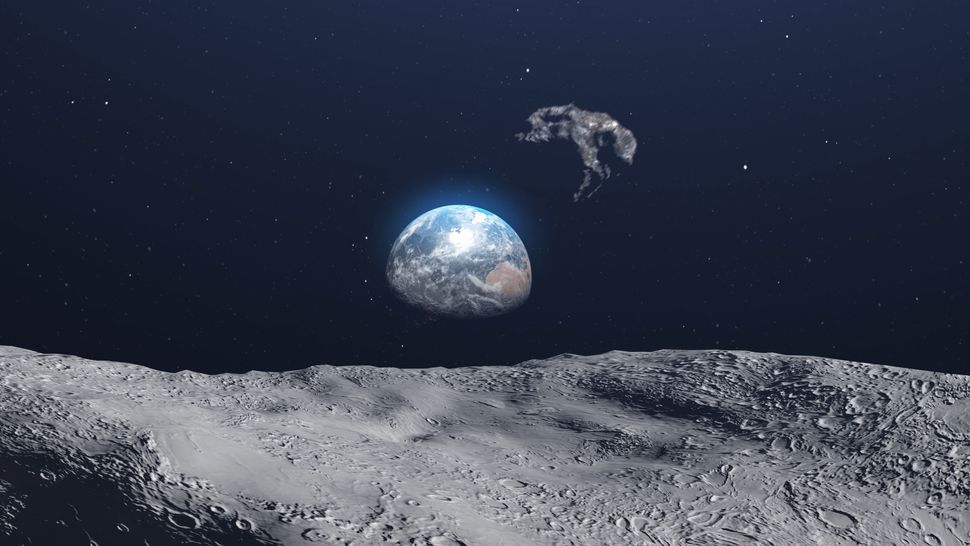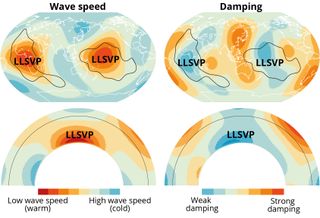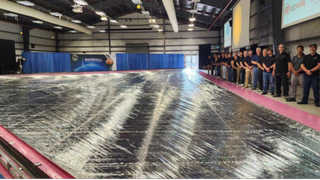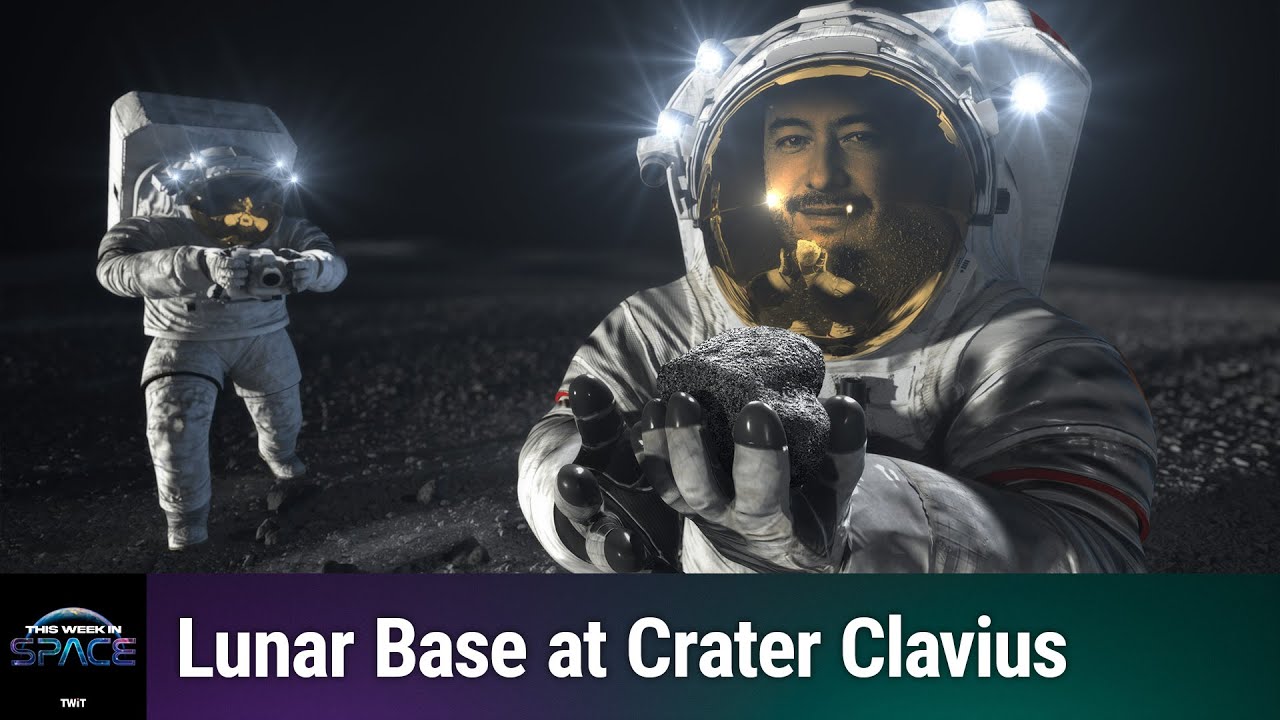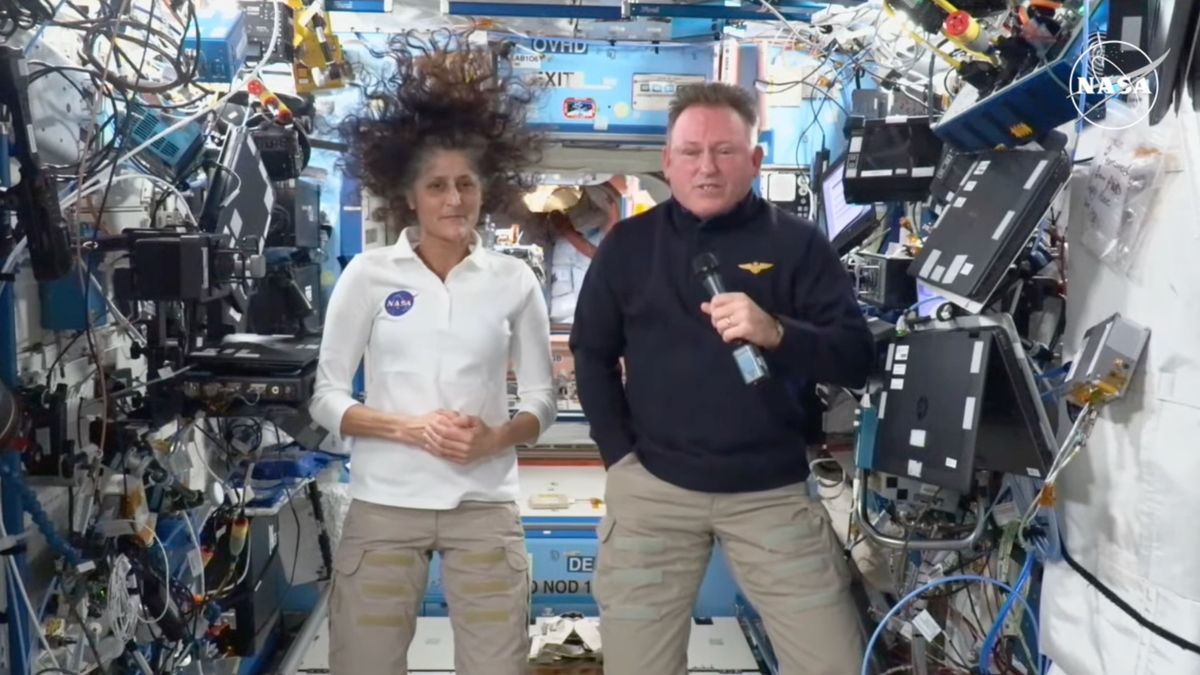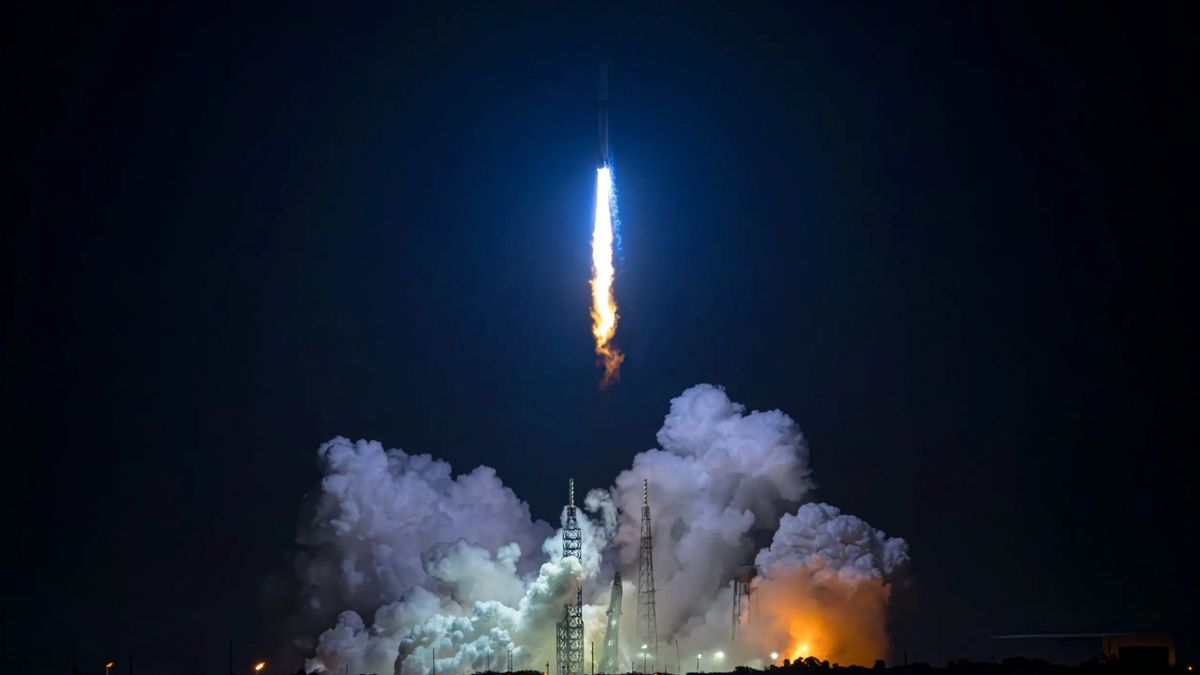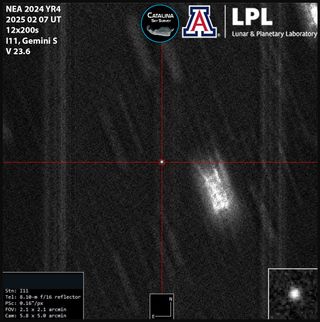An asteroid that’s big enough to wipe out a city has a 1-in-43 chance of hitting our planet in the year 2032. But according to new calculations, there’s an even smaller chance that it might crash into the moon instead. On Feb. 7, NASA scientists increased the likelihood of asteroid 2024 YR4 colliding with Earth on Dec. 22, 2032, nearly doubling the odds from 1.2% to 2.3%. The potentially hazardous asteroid measures an estimated 180 feet (55 meters) across — about as wide as Walt Disney World’s Cinderella Castle is…
Read MoreCategory: Space Stations
Space stations in orbit or planned
Continent-size blobs in Earth’s mantle are a billion years old, ancient crystals reveal
Continent-size islands deep inside Earth’s mantle could be more than a billion years old, a new study finds. Known as large low-seismic-velocity provinces (LLSVPs), these blobs are both hotter and older than nearby areas of the mantle. The findings, published Jan. 22 in the journal Nature, shed light on Earth’s deep interior and could help explain how the mantle moves over time. Scientists have known about these LLSVPs for a few decades. The two giant blobs — one beneath the Pacific Ocean and one beneath Africa — lie at the…
Read More‘Sailing’ satellites of the future could provide early warning of dangerous space weather
NEW ORLEANS — Solar sails that allow satellites to glide on the light from the sun could soon become a reality. The technology would allow scientists to provide earlier warnings of space weather events such as geomagnetic storms, which have the potential to disrupt technological systems on Earth. “A lot of us have experienced sailing; it’s exactly like that,” Irfan Azeem, division chief of the Research to Operations and Project Planning Division at National Oceanic and Atmospheric Administration’s (NOAA) Office of Space Weather Observations, told Space.com in an interview here…
Read MoreThe best sci-fi TV shows of the 1950s
Early television in the 1950s was a freewheeling frontier of both live and taped offerings mostly dominated by comedies, game shows, kids programs, and westerns like “I Love Lucy,” “The $64,000 Question,” “Leave it To Beaver,” “The Mickey Mouse Club,” “The Honeymooners,” and “Gunsmoke.” But while post-war America’s interest in outer space and science fiction blossomed as the decade ran its course seeing the Soviet Union launch Sputnik, the world’s first satellite, in 1957 and igniting the Space Race, a wealth of science fiction offerings had already sprouted up on…
Read MoreThis Week In Space podcast: Episode 148 — Clavius Base
Clavius Base – Why Clavius Crater Is the Best Spot for Nasa’s Moon Base With Dr. Pascal Lee – YouTube Watch On On Episode 148 of This Week In Space, Rod Pyle and Tariq Malik speak with Dr. Pascal Lee about why Clavius may be the ideal place to build our first lunar base. The very mention of Clavius, a vast lunar crater, brings to mind spectacular images from “2001: A Space Odyssey”— landing spacecraft, alien monoliths, and more. Notably, though, Clavius is not on NASA’s dance card as a…
Read MoreThe force is strong with this JEDI
Step aside, Darth Vader. National Aeronautics and Space Administration (NASA)’s Joint Extreme ultraviolet lithography (EUV) coronal Diagnostic Investigation, also known as JEDI, has an even bigger task to balance the force in space, giving researchers a brand-new view of the sun’s atmosphere. The instrument will be a state-of-the-art multi-thermal EUV imager that will include two telescopes, specific to studying the solar wind and extreme space weather events. It is planned to take flight on the European Space Agency (ESA)’s Vigil space weather mission in 2031, and will allow scientists to…
Read MoreBoeing Starliner astronauts on the ISS set the story straight: ‘We don’t feel stranded’
Boeing’s Starliner astronauts are in the final stretch of their unexpectedly long stint in Earth orbit — and they’re setting the record straight on all the “stranded astronauts” talk. NASA’s Suni Williams and Butch Wilmore launched to the International Space Station (ISS) last June on the first crewed test flight of Boeing’s Starliner spacecraft. The duo expected their orbital stay to last about 10 days, but Starliner experienced thruster malfunctions during its approach and docking maneuvers. This led to an extensive investigation by NASA and Boeing back on the ground,…
Read MoreJeff Bezos’ Blue Origin laying off 1,000 employees: reports
Jeff Bezos’ aerospace company, Blue Origin, is laying off about 1,000 workers, according to media reports. Blue Origin CEO Dave Limp announced the cuts in an internal email to employees, which was obtained by CNN and The New York Times, among other outlets. Blue Origin does not disclose how many people it employs, but that number is thought to be around 10,000, according to The New York Times. The new layoffs therefore represent a roughly 10% cull. “We grew and hired incredibly fast in the last few years, and with…
Read MoreWhat the asteroid with a 1-in-48 chance of hitting Earth in 2032 looks like (images)
It might not look like much in this image, but this is the asteroid that has made a major news impact in 2025. That’s because this space rock, designated asteroid 2024 YR4, has a 1-in-48 chance of impacting Earth in 2032. For obvious reasons, astronomers are desperate to learn as much as they can about 2024 YR4, estimated to be as large as 177 feet wide (54 meters wide). That’s around as wide as Cinderella’s Castle in Walt Disney World Florida is tall. The image featured here was captured on…
Read MoreSpaceX test-fires Starship megarocket and Super Heavy booster ahead of next launch (video, photos)
In preparation for its eighth Starship launch, SpaceX is finishing up preflight shakedowns for the megarocket’s first stage, or Super Heavy booster, and second stage, also known simply as “Ship.” As such, things have been busy down in Starbase, Texas, at SpaceX’s Starship manufacturing and test facilities. More specifically, the company recently completed static test fires on both vessels tapped to fly on Starship’s next integrated test flight (IFT-8). All 33 Raptor engines of SpaceX’s 233-foot (71-meter) Super Heavy booster were ignited last weekend for the vehicle’s launch simulation run.…
Read More